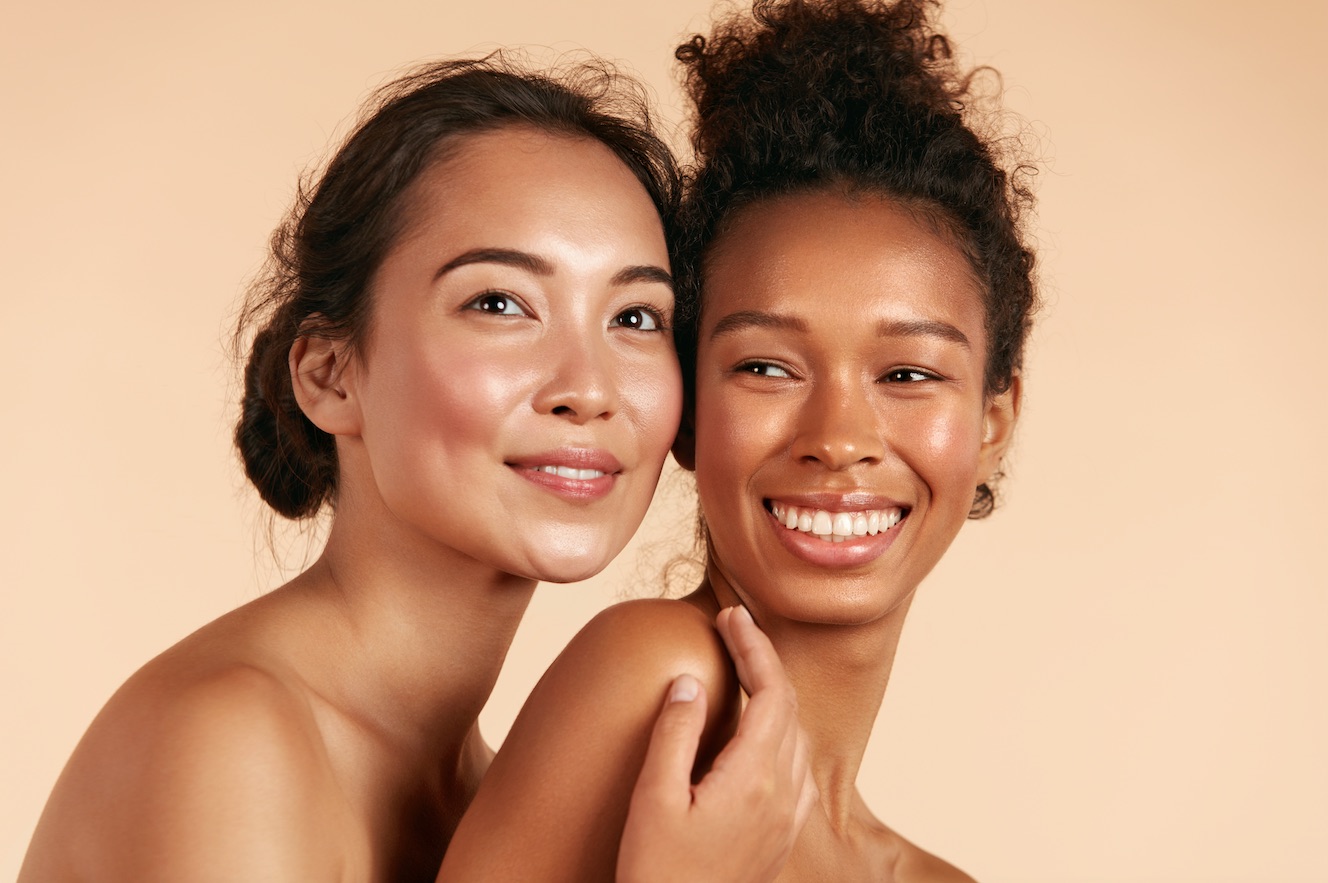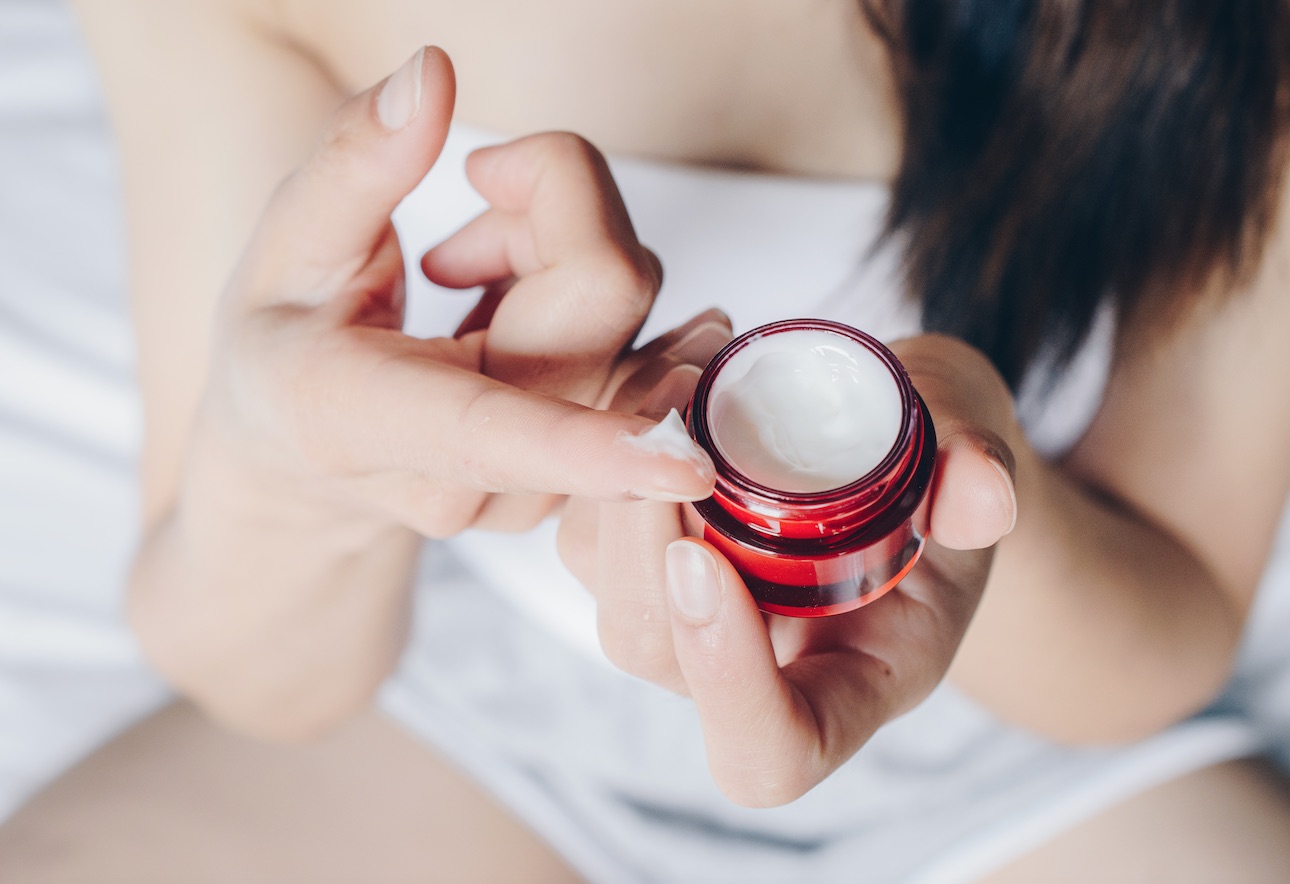[Updated] The truth about vitamin A skincare
![[Updated] The truth about vitamin A skincare](https://d3sc42dkmius1e.cloudfront.net/Upload/669/CMS/News/Photos/224c05de-eb2.jpg)
It’s the skincare industry’s wonder ingredient for anti-ageing, but do you know why vitamin A has such a stellar reputation? We outline everything you need to know about vitamin A and debunk the common misconceptions about the wonder ingredient.
Vitamin A has long been a hot ingredient in the cosmeceutical skincare industry, with many professional brands using it as one of their main weapons for fighting the signs of ageing. “Vitamin A has been clinically proven to stimulate the fibroblast cells, which are responsible for collagen, elastin, hydration and cellular turnover – returning skin to a more youthful state,” claims Victoria Hiscock, education specialist and medical communications manager at AlumierMD.
Why the hype around vitamin A?
Vitamin A is known as the gold standard in skincare for treating the signs of ageing, and for good reason. “It is second to none when it comes to improving the signs of photoageing. It is able to stimulate cellular turnover, pushing fresh cells to the surface for a youthful-looking complexion, and this helps to unclog pores,” explains Daniel Isaacs, director of research at skincare brand Medik8.
It also enhances collagen production, which targets fine lines and wrinkles and “helps block the formation of pigment for much more even-toned skin”, he adds.
Start clients off on the lowest percentage and then build them up slowly. As the skin acclimatises, it will be able to tolerate higher amounts of vitamin A. The pros recommend introducing it twice a week in the evening for the first two weeks, and then every other evening for the next two. After that, clients can move on to nightly application.
How does vitamin A work?
Although there are many forms of vitamin A, it’s important to understand the conversion process that all molecules undergo in order to be used on the skin. “The only form that makes any direct changes to skin is retinoic acid, which acts on the cellular DNA through various receptors,” says Dr Gabriell Prinsloo, medical director for the International Institute of Anti-Ageing (IIAA).
“All forms of vitamin A undergo a conversion process that transforms them into retinoic acid, which is used by the skin.” She explains that the natural conversion pathway for vitamin A in skin is: retinyl palmitate to retinol, to retinal, and finally to retinoic acid.
“All forms are converted to be stored as retinyl esters when they are applied to the skin, and they all undergo the same process to convert them to retinoic acid,” she adds.
How does vitamin A work on different skin conditions?
Acne – “It stimulates the function of stem cells and improves skin tissue, helping to heal lesions,” explains Hiscock. Find out more about how vitamin A works on acne-prone skin.
Lines and wrinkles – “It increases cell turnover and the speed that the cells at the bottom of the epidermis travel to the top, resulting in younger looking skin,” says Lorna Bowes, managing director of Aesthetic Source, the distributor of professional brands Exuviance and Neostrata. Find out more about how vitamin A can treat photoageing.
Pigmentation – “It works by removing dead skin cells from the surface that might be pigmented,” adds Hiscock.

What are the different forms of vitamin A?
There are many forms of vitamin A but the ones most commonly used in skincare are retinol (alcohol form), retinoic acid (active form), retinaldehyde (aldehyde form), retinyl palmitate and retinyl acetate (ester forms), and retinyl retinoate (an ester of all-trans retinoic acid and all-trans retinol).
“Every retinoid works to give the same effect on the skin but they have their own personalities, if you like. So some are more effective while others have fewer side effects or require less conversion,” explains Elliot Issacs, founder of skincare brand Medik8.
Retinol (alcohol form) and retinoic acid (active form)
The most popular form is retinol – “the entire vitamin A molecule, which is known as the ‘gold standard’ in professional skincare,” according to Hiscock. It has been proven to increase natural cell turnover rate, exfoliating the skin in the process, which can cause inflammation and swelling. When applied to the skin, it converts to retinaldehyde and then to retinoic acid.
“It’s one of the most useable forms. It’s relatively stable but needs to be converted inside the skin cell into retinoic acid – the only form of retinol the body can use,” adds Elliot Issacs. “Retinoic acid is biologically active, so it gets transported into the cell nucleus and, from there, proteins are manufactured that effect all the changes in the skin.”
Because it’s the strongest form of vitamin A, retinoic acid, in its own form, is only available as prescription medicine. It is the metabolically active form which works on the DNA of the cell nucleus.
“Less and less Tretinoin (the pharmaceutical form of retinoic acid) is being prescribed because dermatologists and cosmetic doctors are finding there are forms of retinol, or combination treatments with retinol and other ingredients, that are as effective as prescription-only forms of retinoic acid but without the side effects,” explains Bowes.
Retinaldehyde (aldehyde form)
Retinaldehyde is the transitional form of vitamin A – when retinol is converted into retinoic acid – and is typically used in skincare because it’s “only one metabolic step away from retinoic acid,” says Elliot Issacs. “But it has limitations; it’s hard to stabilise in a product formula, so by the time a client gets to use it, there’s less retinol in the product than would perhaps be desired.”
Retinyl palmitate and retinyl acetate (ester forms)
Esters retinyl palmitate and retinyl acetate are the most stable forms of vitamin A and are generally easier for the skin to tolerate, “resurfacing and benefitting the skin greatly but with no real side effects,” says Jacqui Faucitt, chief executive of RégimA Global, which manufactures a skin rejuvenation and treatment range for doctors and skincare professionals.
“The ester forms are much gentler because they have a fat attached to them, which makes them far less irritating,” adds Tracy Tamaris, director of the IIAA. “Retinyl palmitate also specifically acts as a powerful natural sunscreen by absorbing UV rays and protecting DNA from damage.”
However, Bowes believes the esters’ gentler nature means they’re not as effective: “Although you don’t get the side effects, more often than not you also don’t get the clinical results.”
Retinyl retinoate
Then there is retinyl retinoate – an ester of all-trans retinoic acid and all-trans retinol – which is another good form choice. “It has direct activity on our skin cells, requiring no conversion steps like its cousins retinol and retinal,” says Daniel Isaacs.

What is the retinoid effect?
If non-acclimatised skin is exposed to high levels of vitamin A then the complexion can react negatively, known as the “retinoid effect” – dryness, flakiness, redness, inflammation, puffiness and itchy red spots are common signs. This is why many consumers are unsure if the ingredient is their friend of foe, and why you need to create a plan for them to introduce vitamin A into their regime safely.
“When clients first start using vitamin A, it can cause cells to renew themselves too quickly for their skin to catch up, leading to an impaired skin barrier which can cause peeling and irritation,” explains Daniel Isaacs, “Eventually their skin will adapt to the new renewal rate.”
However, Hiscock explains that if the skin has been gradually conditioned to it, the retinoid effect is less likely to occur. “If somebody’s skin isn’t well acclimatised to retinoids then the body may find it traumatic, sending a lot of blood to the area in order to cope with what’s happening. This brings with it heat to the skin, and because lots of white platelets and natural antibodies start fighting the inflammation, you tend to get swelling.”
There’s also the argument that the more damaged a client’s skin is the more reactive it’s going to be “because there are no vitamin A receptors in the cells, so it’s like giving the skin an overdose,” says Tamaris. “The whole reason our skin becomes wrinkled, pigmented, old, thick and dull is because we have no vitamin A in it – it’s been depleted through years of sun exposure and abuse. That’s why we recommend client’s start on a low level and build up their tolerance.”
Which percentage vitamin A should I use?
Medik8 recommends clients start at 0.1% of retinol “and use that every other night until the client is comfortable, then gradually increase the frequency,” says Elliot Issacs; while Hiscock says she uses 0.5% as a baseline, which she asks clients to fluctuate above and below.
“So, if I have somebody who has bad acne or very photo-damaged skin, I’ll ask them to begin on the 0.5% to start getting results. Then, when I see them, I drop them back down to a 0.25%,” she says.
Most of the pro brands offer a step-up programme that can range from 0.25% to 1%, but Faucitt believes “the main thing people need to know is that you don’t need a high concentration to get the action. Start low and work your way up.”
Is percentage the key factor when choosing which vitamin A products?
It is believed that the key factor when choosing vitamin A products for clients is percentage, but Clare Muir, director of education at IIAA, says it needs greater consideration.
While percentages on vitamin A products are equal, the strengths may not be, “which is why, based on scientific research, it is more accurate to talk about vitamin A in IU (international unit) or RE (retinol equivalents) instead of percentages,” she says. “As the weights of various forms of vitamin A are so different, scientists have had to work out a way to give them an equivalent value.”
She adds: “Various manufacturers make vitamin A in different strengths to be used in skincare products, so one version may have, for example, one million IU, and another 500,000 IU – which means that the first version at 1% will have double the strength of the second version at 1%.”

![The truth about employing a beauty apprentice: wage, costs and training [Updated]](https://d3sc42dkmius1e.cloudfront.net/Upload/669/CMS/News/Photos/e08a337a-c46.jpg)
